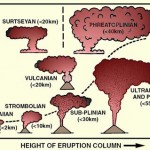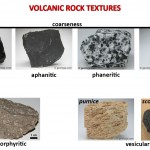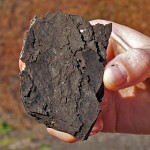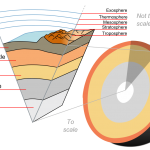The history of the Appalachians spans over a billion years, with four collisions forming the Appalachian Mountains. The last collision occurred around 300 million years ago. Originally, the chain would have rivaled the Himalayas at over 5 km tall, with some mountains perhaps reaching as high as 9 km. Three hundred million years of erosion slowly whittled the mountains away; today, they average 1 km, with the highest point being 2 km at Mount Mitchell, North Carolina.
- Greenville Orogeny: Mesoproterozoic (1,600-1,000 mya)
- Amazonia (South America) slams into Laurentia (North America) during formation of Rodinia, creating mountain chain
- Most of this chain erodes away, but a few exposures of Grenville rock exist today
- Taconic Orogeny: Birth of the Blue Ridge: Ordovician (485-443 mya)
- Taconic Volcanic Island Arc collides with eastern North America, creating mountains
- Compression causes a foreland basin to form on North America
- Basin fills with marine sediments, clastic sediments from erosion
- Queenston Delta with fluvial sediments develops over former basin, with Taconic Highlands and Iapetus Ocean to the east
- Erosion begins to level raised terrane
- Acadian Orogeny: Raising the Ridges: Silurian-Mississippian (443-318 mya)
- Avalonian Island Arc hits northeastern North America
- Previous rocks deformed and forced up: fold and thrust belt to west of the Taconic Terrane; suture zone to the east where Avalonia accretes onto Taconic Terrane
- Erosion begins to level raised terrane
- Alleghanian Orogeny: Mississippian-Pennsylvanian (359-299 mya)
- Gondwana (Africa) slams into eastern North America during formation of Pangaea as Iapetus Ocean closes
- Severe deformation; rocks thrust up
- Gondwana begins breaking away in Triassic
- Sediments pile up to east and form coastal plains throughout the Jurassic and Cretaceous as the mountains erode and lose several km of elevation
Cross-Section of Appalachian Geology
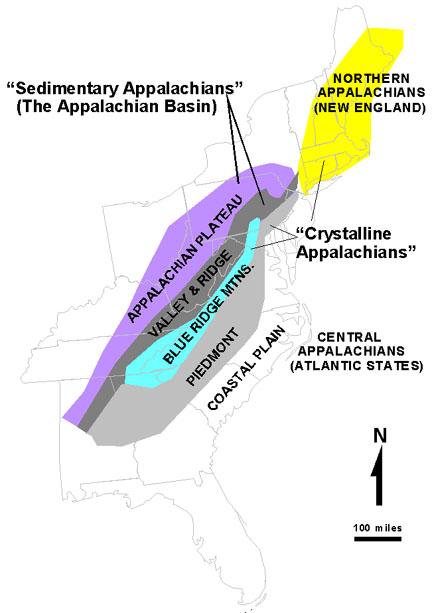 Sedimentary Appalachians (sedimentary rocks)
Sedimentary Appalachians (sedimentary rocks)
- Ridge & Valley: sedimentary deposits shoved west when Avalonia collided; ridges more resistant to erosion than valleys
Crystalline Appalachians (igneous and metamorphic rocks)
- Blue Ridge Mountains: pre-Cambrian rocks folded when Taconic accreted; highly metamorphosized; greenschist, slate, schist, gneiss, granite; highest elevations
- Piedmont: lower than Blue Ridge because more erodible; rolling hills and gentle slopes; weathered granite, gneiss, schist, slate, moderately metamorphosized
More Resources
- Geologic Events Affecting Eastern North America -- easy, concise overview (similar to this page, but a little more in depth)
- Wikipedia's Geology of the Apps -- good overview, maps, links
- Birth of the Mountains -- great brochure by the USGS
- Northern Appalachians -- lots of diagrams
- Appalachian Region -- discusses rocks found in the different sections
- The Mountains That Froze the World -- as if the Apps weren't "cool" enough



